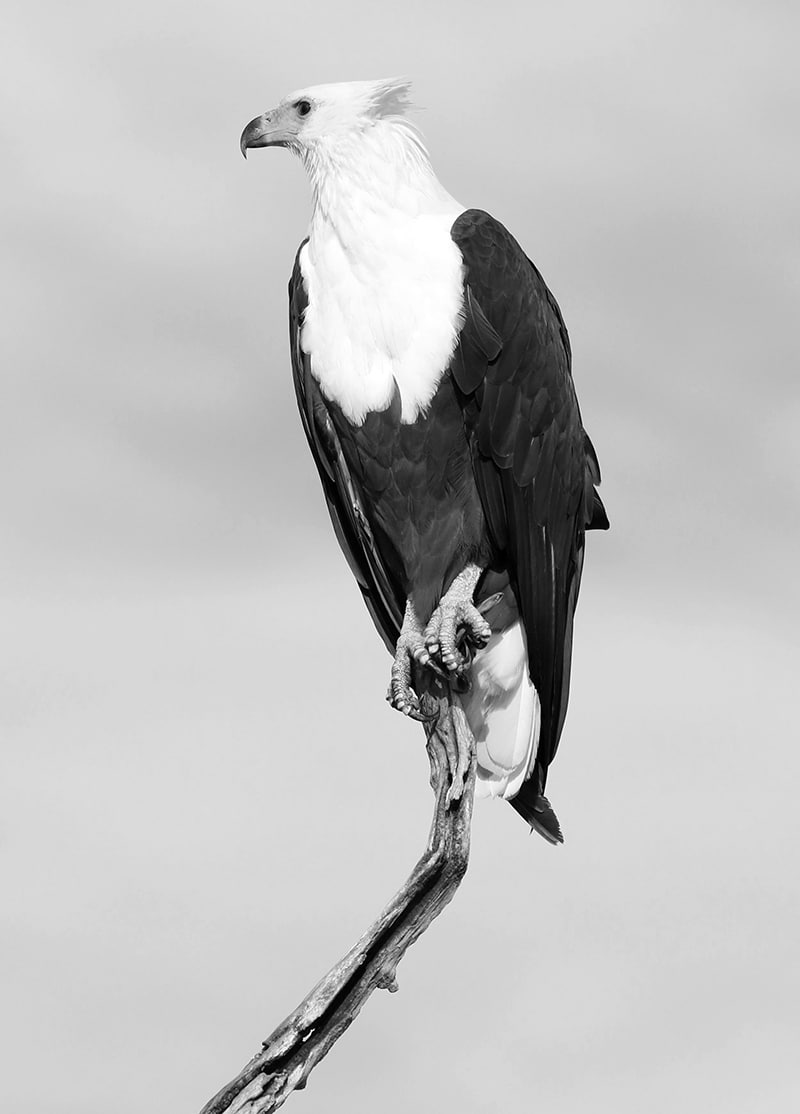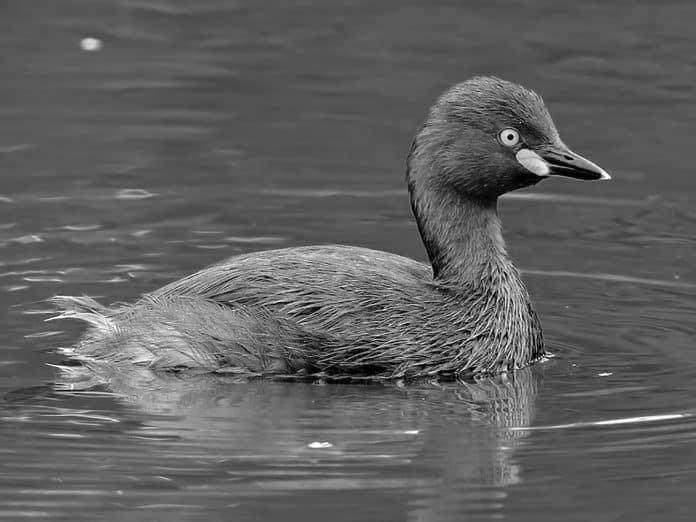A Birdwatcher’s Guide to Spotting the Little Grebe in Tanzania
Introduction to the Little Grebe in Tanzania
Tanzania is a birdwatcher’s paradise, with its diverse range of avian species. One such fascinating bird that can be spotted in Tanzania is the little grebe. Also known as the dabchick, the little grebe is a small waterbird that belongs to the Podicipedidae family. This article serves as a comprehensive guide for birdwatchers who wish to spot the little grebe in Tanzania.
Physical Characteristics of the Little Grebe
The little grebe is a small bird, measuring around 25 centimeters in length. It has a plump body with a short tail and a distinctive reddish-brown neck. Its back is dark brown, while its underparts are white. The little grebe has a sharp, pointed bill, which is ideal for catching small fish and invertebrates in the water. Its legs are set far back on its body, making it an excellent swimmer. The bird’s plumage is waterproof, which enables it to dive underwater in search of food.
Habitat and Distribution of the Little Grebe in Tanzania
The little grebe can be found in various water bodies throughout Tanzania, including lakes, ponds, and marshes. It prefers freshwater habitats with abundant vegetation, as these provide ample hiding places and nesting sites. Some of the popular locations where the little grebe can be spotted in Tanzania include Lake Manyara, Lake Victoria, and the Rufiji River. These areas offer the perfect combination of suitable habitat and a healthy population of the little grebe.
Behavior and Feeding Habits of the Little Grebe
The little grebe is a solitary bird that is often seen swimming and diving in search of food. It has a unique hunting technique, where it dives underwater and propels itself using its wings to catch its prey. The little grebe primarily feeds on small fish, crustaceans, and aquatic insects. It is an agile swimmer and can stay submerged for a considerable amount of time. When not diving, the little grebe can be seen preening its feathers and sunbathing on the water’s edge.
Best Time and Locations to Spot the Little Grebe in Tanzania
To increase your chances of spotting the little grebe in Tanzania, it is essential to know the best time and locations for birdwatching. The early morning and late afternoon are the optimal times to observe the little grebe, as it tends to be more active during these periods. Lake Manyara National Park and the Rufiji River are excellent locations to spot this bird due to their abundant vegetation and suitable habitat. It is advisable to hire a local guide who is familiar with the area and can assist in locating the little grebe.
Tips for Birdwatching and Spotting the Little Grebe
When birdwatching for the little grebe, it is crucial to be patient and observant. These birds are skilled at blending into their surroundings, so keen observation is necessary to catch a glimpse of them. Utilize binoculars for a closer look, and avoid making sudden movements or loud noises that could scare away the little grebe. Additionally, wearing neutral-colored clothing and blending into the environment will help you go unnoticed and get closer to the bird.
Other Bird Species Commonly Found in the Same Habitat as the Little Grebe

While searching for the little grebe, birdwatchers may also come across other fascinating bird species that share the same habitat. Some of the common bird species found alongside the little grebe in Tanzania include the African fish eagle, the malachite kingfisher, and the pied kingfisher. These birds add to the overall birdwatching experience and provide opportunities to observe a diverse range of avian behaviors and interactions.
Conservation Status and Threats to the Little Grebe Population in Tanzania
The little grebe is currently listed as a species of least concern on the IUCN Red List. However, its population in Tanzania faces several threats that could potentially impact its survival. Habitat destruction, pollution, and climate change are the primary concerns for the little grebe. It is crucial to raise awareness about the importance of protecting these birds and their habitats to ensure their continued presence in Tanzania’s ecosystems.
Recommended Birdwatching Equipment for Spotting the Little Grebe
To enhance your birdwatching experience and increase your chances of spotting the little grebe, it is recommended to have a few essential equipment items. A good pair of binoculars will allow you to observe the bird’s behavior and details from a distance without disturbing its natural habitat. Additionally, a field guide specific to the birds of Tanzania will help in identifying different species, including the little grebe. Lastly, a camera with a telephoto lens will enable you to capture stunning photographs of these beautiful birds.
Conclusion and the Importance of Protecting the Little Grebe in Tanzania
In conclusion, the little grebe is a fascinating bird that can be found in Tanzania’s various water bodies. Its distinctive physical characteristics, behavior, and feeding habits make it an exciting species to spot for birdwatchers. By following the provided tips and visiting the recommended locations, enthusiasts can increase their chances of observing this captivating bird in its natural habitat. It is crucial to protect the little grebe and its habitat to ensure its continued presence in Tanzania and preserve the country’s rich avian biodiversity.
For more articles related to Wildlife in Tanzania (Animals), click here!

































